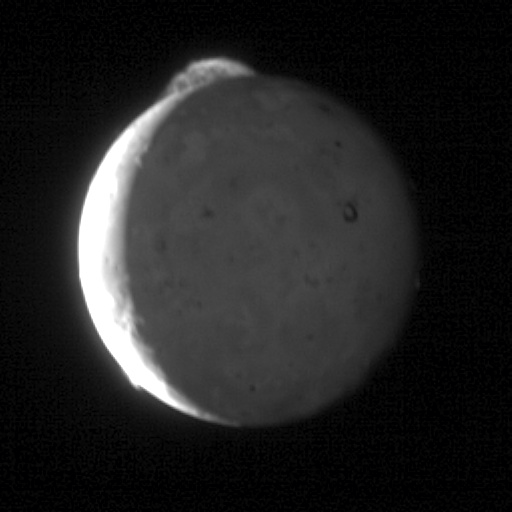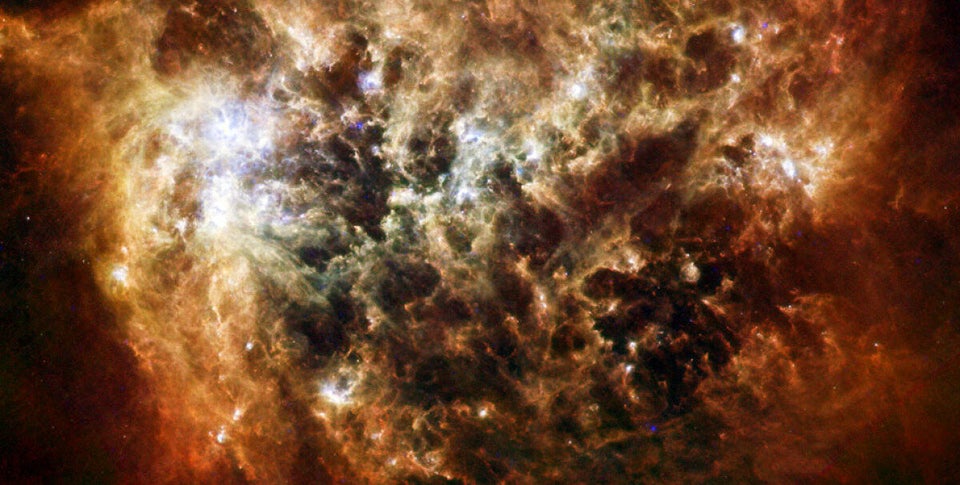Jupiter's moon Io is the most volcanically active world in the Solar System - but its volcanoes are in the wrong place.
That's the conclusion of Nasa and European Space Agency (ESA) scientists, who have studied this strange moon's composition.
Io really is quite a hellish place. It has at least 400 active volcanoes, some of which can spew lava more than 250 miles into the air - and its Tvashtar volcano can be seen clearly from space.
Nasa's New Horizon's mission snapped the giant plume of molten rock in 2007, and was able to see it despite the volcano's source actually being on the other side of the moon.
Dramatic, it may be. But the volcano is also mysterious - because according to Nasa it doesn't conform at all to its models of how the moon's interior is heated.
Current thinking has it that the extreme volcanos on Io are caused by gravitational 'tugging' exerted by Jupiter - the largest planet in the Solar System - and two other nearby moons, Gannymede and Europa.

Above: the Tvashtar volcano erupting
The tug-of-war between the planet and the smaller moons causes Io to have an oval orbit, and also means it experiences 'tidal heating' inside its core. The flexing from the gravity pulls creates friction, which heats up in the interior.
But the problem is that this model just doesn't appear to work.
"Rigorous statistical analysis of the distribution of volcanoes in the new global geologic map of Io," said Christopher Hamilton of the University of Maryland, College Park and the Goddard Spaceflight Center.
"We found a systematic eastward offset between observed and predicted volcano locations that can’t be reconciled with any existing solid body tidal heating models."
Some scientists think the 'tugging' heats up a shallow layer of rock under Io's crust (the asthenosphere), while others think it heats the deeper interior. But neither model seems to account for the study's map of where the volcanoes actually are.
Possible explanations include the planet spinning quicker than expected, or an underground magma ocean which allows heat to flow from one part of the world to another.
"The unexpected eastward offset of the volcano locations is a clue that something is missing in our understanding of Io," said Hamilton.
"In a way, that's our most important result. Our understanding of tidal heat production and its relationship to surface volcanism is incomplete. The interpretation for why we have the offset and other statistical patterns we observed is open, but I think we've enabled a lot of new questions, which is good."
